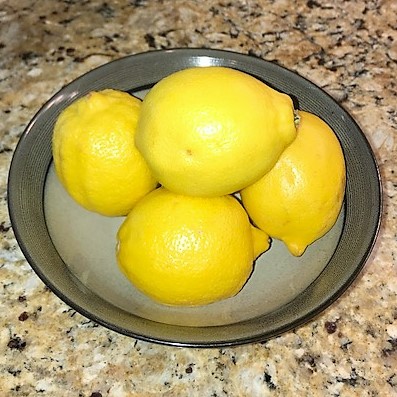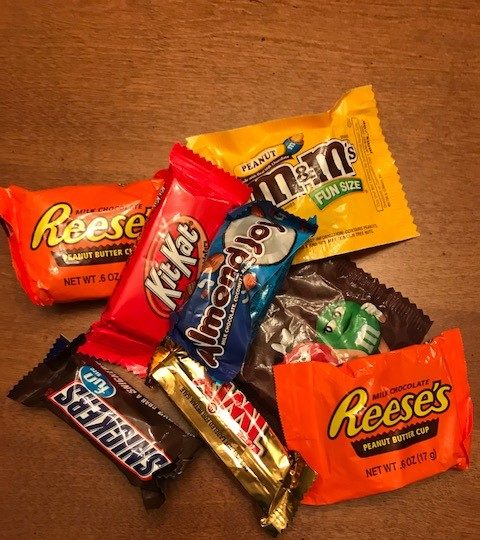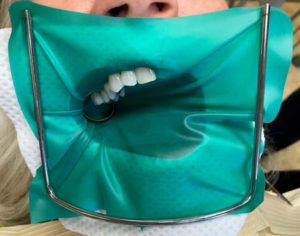Habits That Aren’t Good For Your Teeth
Well, it’s been awhile since our last blog post. October found me back in Nebraska two different weekends, once for a football game (don’t ask), and the second time to celebrate my dad’s 96th birthday. November found us busy with therapy dog events and kid visits. That said, we’re ready to get back in the saddle regarding items of interest for our patients. And, with the holidays here, we thought it would be timely to do a post on unhealthy dental habits.
Unhealthy Dental Habits
A recent article from Business Insider titled “17 ‘Healthy’ Habits That Aren’t Doing You Any Good,” caught our eye because of two dental related “habits.” Habit #5 deals with the benefits (or lack thereof) of drinking lemon water. Habit #14 talks about the detriment of brushing too quickly after meals.
Drinking Lemon Water

Acidic Foods Can Harm Dental Enamel
This habit caught our eye because it applies to us. Carla and I periodically blend up a mixture of lemons, olive oil, and ginger and drink it first thing in the morning. The article notes that per the American Dental Association (ADA), exposure to acidic foods such as lemons can wear down tooth enamel over time. The ADA article titled “Top 9 Foods That Damage Your Teeth” includes the following language:
The truth is that frequent exposures to acidic foods can erode enamel, making teeth more susceptible to decay over time. So even though a squeeze of lemon or lime can turn a simple glass of water into a fun beverage, it’s not always the best choice for your mouth. Citric fruits and juices can also irritate mouth sores. Make sure to drink plenty of plain water.
While this advice regarding acidic foods is correct, it also needs to be placed in context. If you drink an acidic beverage in a short amount of time, you can minimize any negative impact to your teeth. Where dentists tend to get concerned is when people sip acidic (or sugary) beverages over a long period of time. Constantly bathing your teeth in an acidic or sugary beverage over a period of hours is more detrimental to tooth enamel health than a quick drink of lemon water first thing in the morning.
Brushing Right After Eating
Habit # 14 suggests that brushing immediately after eating can be harmful to teeth, and also cites an ADA article titled “7 Bad Brushing Habits to Break in 2017.” The fourth habit to break in this article deals with brushing immediately after eating. According to the ADA:
If you feel the need to clean your teeth after eating or drinking, wait at least 30 minutes before brushing—especially if you have had something acidic like lemons, grapefruit or soda. Drink water or chew sugarless gum with the ADA Seal of Acceptance to help clean your mouth while you are waiting to brush.
The Business Insider article also includes a link to a New York Times article (“Really? Never Brush Your Teeth Immediately After a Meal”) which talks about studies on the effect of brushing too soon after eating. The article cites a study where researchers found an increase in dentin loss when volunteers brushed within 20 minutes of drinking soda. Bottom line, there is evidence to suggest that brushing too soon after eating, especially if the meal contains acidic foods, can possibly affect your teeth in a negative manner.
Conclusions?
Do we want you to avoid eating acidic citrus foods or not brush after eating? No, but we do want you to be aware of unhealthy dental habits, the potential problems they pose, and what you can do to ensure that you are protecting your teeth. If you have any questions about the issues raised here, please feel free to call our office or to ask questions the next time you are in the office.










 It’s that time of year – Halloween is just around the corner. As a parent or as someone giving out candy, what do you need to know?
It’s that time of year – Halloween is just around the corner. As a parent or as someone giving out candy, what do you need to know?
